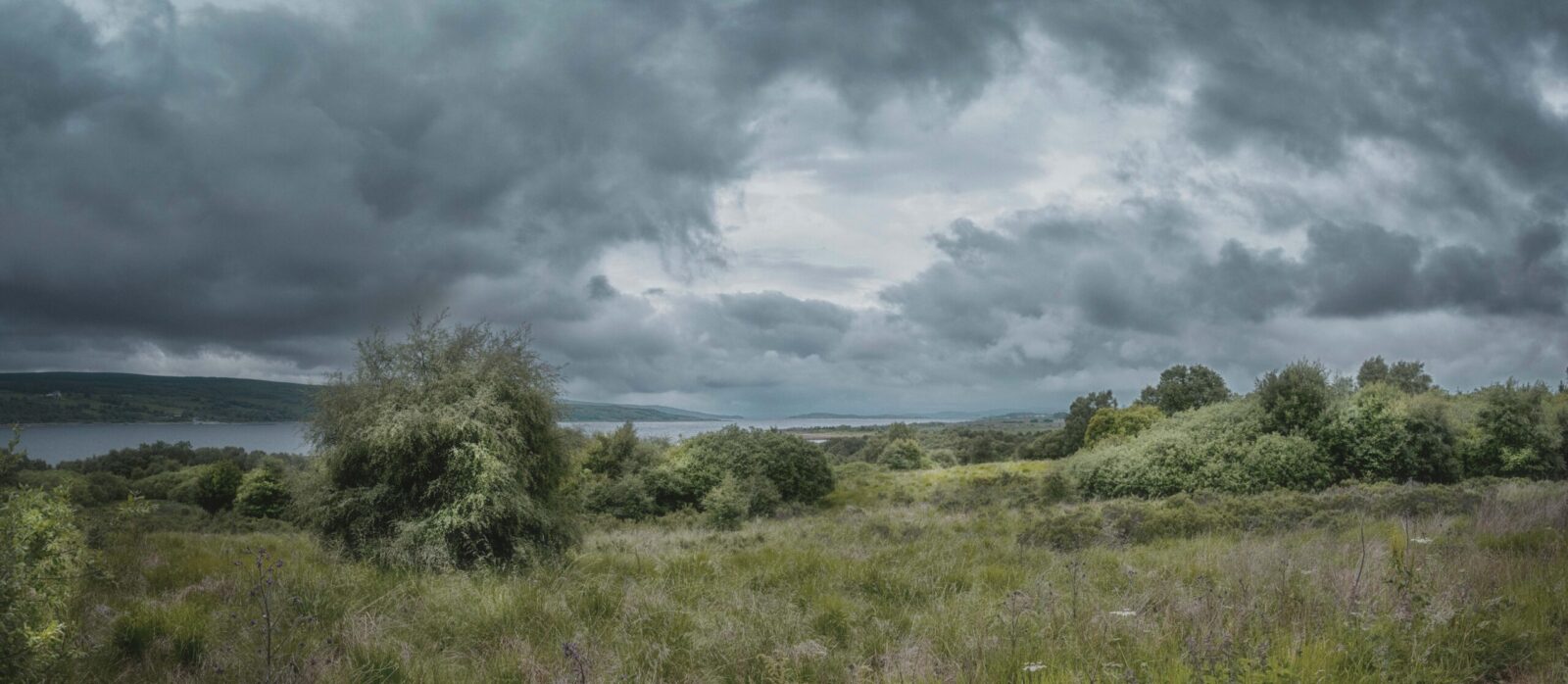Whittington Castle.

In 1115, to protect the English border from Welsh fighters, a timber tower was built on a large earth mound called a Motte, with a lower open outer courtyard called a Bailey.
Following further conflicts with the Welsh, the castle was rebuilt of stone during the 1200s with five towers around the inner bailey.
After its occupation by Prince Llewwelyn of Gwenedd in March 1223, Fulk Fitz-Warin III, after having the ownership of the castle re-instated to him, further extended the fortifications and defences to create a formidable stronghold.
Fulk Fitz-Warin V and his wife Eleanor, transformed the castle from a fortress and garrison to a palatial home in the early 1300s.
The bailey even contained a mediaeval pleasure garden with a viewing mount. The private garden would have been used as a place of relaxation, growing scented plants, culinary herbs and medicinal plants to be used in the household.
It is one of the few known to exist in England.
In 1632, the Castle Gatehouse was let, the tenant being allowed to take ‘freestone out of the castle’, leading to its dereliction.
By the time of the English Civil War, Whittington Castle was evidently no longer defensible and there is no evidence that it played any role in that war.
Whittington Castle is currently owned on a 99-year lease from 2002 by the whiitington Castle Preservation Trust, a rural community trust formed in December 1998.












